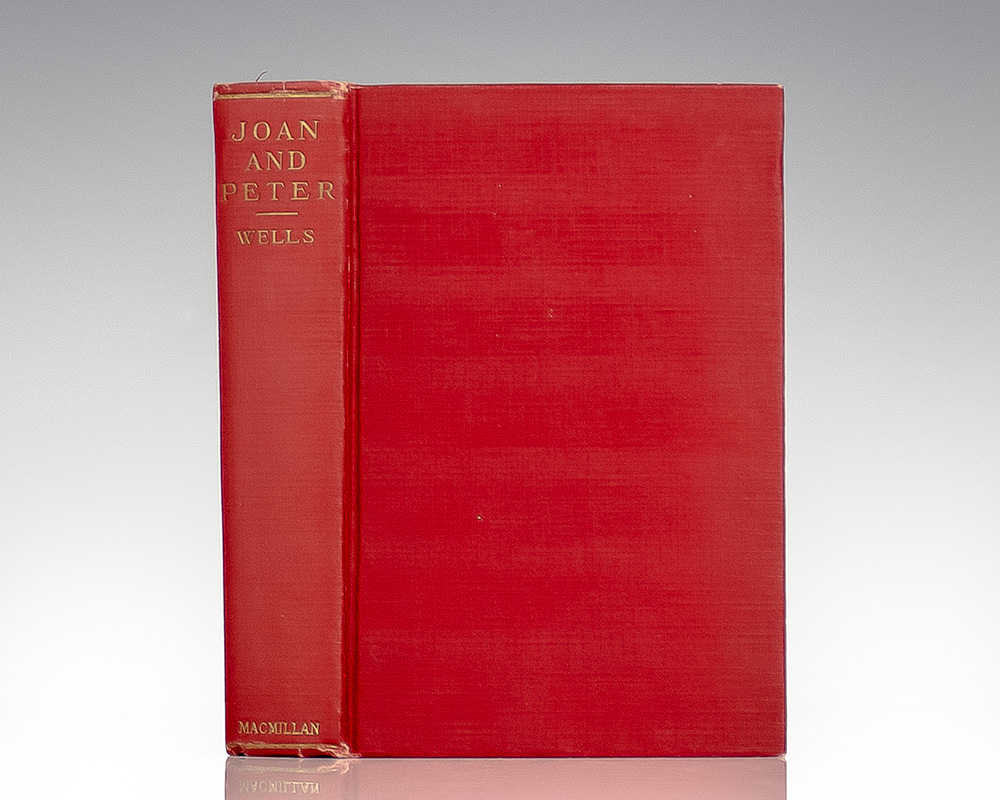The Invisible Man.
“All men, however highly educated, retain some superstitious inklings": First Edition of H.G. Wells The Invisible Man; Inscribed by Him to Fellow Novelist William Pett Ridge
The Invisible Man.
WELLS, H.G.
Item Number: 81090
London: C. Arthur Pearson, 1897.
First edition, first issue, with the title page printed in orange and black and pages 247 and 248 being publisher’s ads. Octavo, original cloth. Presentation copy, inscribed by the author on the half-title page, “W. Pett Ridge from H. G. Wells.” The recipient William Pett Ridge was a fellow novelist and friend of Wells. In 1924, novelist Edwin Pugh recalled his time with Wells and Ridge, “I see him most clearly, as he was in those days, through a blue haze of tobacco smoke. We used sometimes to travel together from Waterloo to Worcester Park on our way to spend a Saturday afternoon and evening with H. G. Wells.” Hammond B4. Housed in a custom half morocco clamshell box. A nice association copy.
Originally serialized in Pearson's Weekly in 1897, The Invisible Man was published as a novel the same year. The Invisible Man of the title is Griffin, a scientist who has devoted himself to research into optics and invents a way to change a body's refractive index to that of air so that it neither absorbs nor reflects light and thus becomes invisible. He successfully carries out this procedure on himself, but fails in his attempt to reverse it. Readers found The Invisible Man—unlike its immediate predecessor, The Island of Dr. Moreau (1896)—accessible and gripping. Joseph Conrad, in a December 1898 letter to Wells, praised the book: “Frankly—it is uncommonly fine. One can always see a lot in your work—there is always a ‘beyond’ to your books—but into this… you’ve managed to put an amazing quantity of effects.” The Invisible Man remains not only an inescapable influence on modern science fiction but also a “classic study of scientific hubris brought to destruction” (Clute & Nicholls, 1313).
We're sorry, this item has sold.








